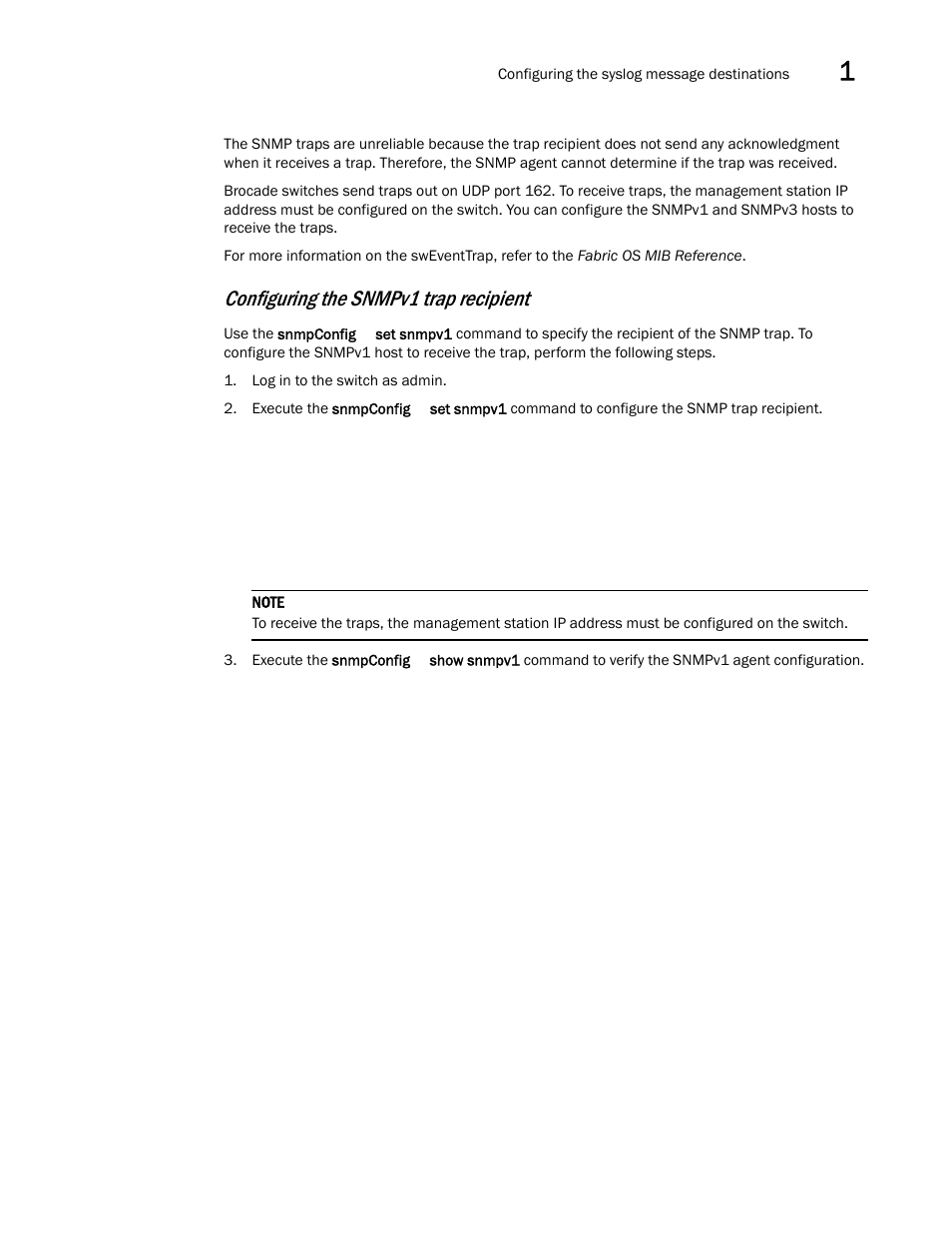
īuffer credit are spread on a switch per ASIC (look at portbuffershow), if more buffer credit are needed, then you 'll find it using the following command: AE AE AE AE AE AE AE AE AE AE AE AE AE AE. NPIV capability ON ON ON ON ON ON ON ON ON ON ON ON ON ON ON ON. Trunk Port ON ON ON ON ON ON ON ON ON ON ON ON ON ON ON ON Long Distance. Switch:admin> portcfgcompress -enable 2 switch:admin> portcfgshow Ports of Slot 0 0 1 2 3 4 5 6 7 8 9 10 11 12 13 14 15 -+-+-+-+-+-+-+-+-+-+-+-+-+-+-+ Speed AN AN AN AN AN AN AN AN AN AN AN AN AN AN AN AN Fill Word 0 1 0 0 0 0 0 0 0 0 0 0 0 0 0 0 AL_PA Offset 13. To optimize bandwidth, you can increase memory buffer for each port (mostly E-ports) that will need buffer, but consider also to use compression, that can be very efficient and useful. Increase buffer credit to increase performance AE AE AE AE AE AE AE AE AE AE AE AE AE AE EX Port. NPIV capability ON ON ON ON ON ON ON ON ON ON ON ON ON ON ON ON NPIV PP Limit 80 80 80 80 80 80 80 80 95 95 95 95 95 95 95 95 QOS E_Port. Do the same on the external switch to prevent ISL use. On the Blade switch, on all external ports disable all E_ports function, and force it as N_ports. When done right, you’ll have 4 Fabrics on your switches: One default, one base, and two normal logical switches. When you physically connect the 5300 switches (port 6 on the first switch to port 8 on the second) fabric merges for fabrics with the same FIDs start to happen, just as they normally would when not using VF. I don’t think i have to write up the commands for the second switch, you’ll get it 🙂 Above config follows the picture earlier in this post. The logical switches dont have to have the same port assignment configuration. It does not really matter in which context you create the switches, as long you have permissions to do so.įID8:admin> lscfg -create 1 FID8:admin> setcontext 1 FID1:admin> switchname fab1-lsw1 FID1:admin> lscfg -config 1 -port 2 FID1:admin> lscfg -create 15 FID1:admin> setcontext 15 FID15:admin> switchname fab15-lsw1 FID15:admin> lscfg -config 15 -port 5Īfter setting up my first 5300 switch, the second one can be setup in the same way. I’m working with a 5300, so i’m limited to 4 logical switches at time of writing this.īesides the base switche and the default switch, i can create two more logical switches on the 5300. The number of logical switches you can create depends on the platform you use. It’s also possible to change the name of the logical switch, a base switch in this case:įID8:admin> switchname baseswitch Step 3, create the logical switches Please enable your ports/switch when you are ready to continue. Use port compression to increase bandwith Would you like to continue ?: y Making this configuration change. Port 6 for example, as shown in the figure above.įID8:admin> lscfg -config 8 -port 6 This operation requires that the affected ports be disabled. Lets also switch context to FID8 when configuring the ports for the base switch byĬonfigure the port for the base switch. Please configure the Logical Switch with appropriate switchĪnd protocol settings before activating the Logical Switch.įID 8 is created, so let’s assign some ports.

Logical Switch has been created with default configurations. Logical Switch with FID (8) has been successfully created. Would you like to continue ?: y About to create switch with fid=8. You can see in which FID context you currently are in the identifier in front of your username.įID128:admin> lscfg -create 8 -base Creation of a base switch requires that the proposed new base switch on this system be disabled.

Notice we’ve got a default fabric 128 after enabling VF.


 0 kommentar(er)
0 kommentar(er)
